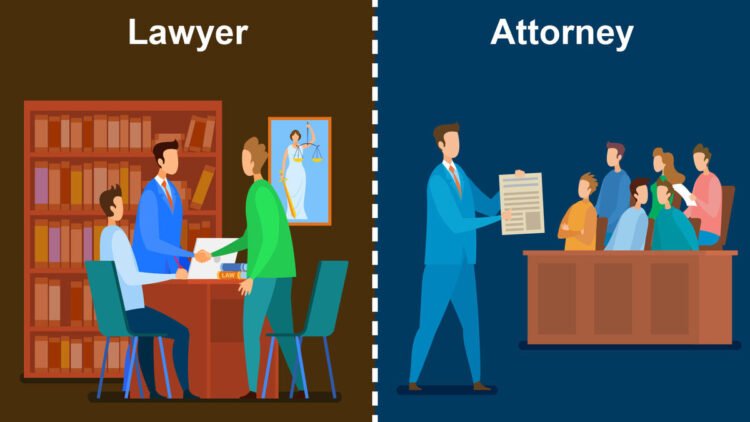
- Introduction
- Types of Digital Evidence
- Acquisition and Preservation of Digital Evidence
- Analysis and Interpretation of Digital Evidence
- Use of Digital Evidence in Legal Proceedings
- Table: Common Types of Digital Evidence
- Conclusion
-
FAQ about Digital Evidence
- What is digital evidence?
- What types of devices can store digital evidence?
- What are common sources of digital evidence?
- How is digital evidence collected?
- How is digital evidence analyzed?
- What are the challenges of handling digital evidence?
- What are the ethical considerations for handling digital evidence?
- How is digital evidence presented in court?
- What are the benefits of using digital evidence?
- What are the limitations of digital evidence?
Introduction
Hey readers! Welcome to our comprehensive guide on digital evidence. In this digital age, evidence isn’t just confined to physical documents anymore. With the rise of technology, digital footprints have become an integral part of our lives, often holding crucial information.
Digital evidence can paint a vivid picture of past events, aiding in investigations and legal proceedings. It includes electronic data stored on computers, smartphones, cloud servers, and other digital devices. Understanding its significance and how to handle it effectively is paramount in today’s digital landscape.
Types of Digital Evidence
Metadata
Metadata is the unsung hero of digital evidence. It encompasses information about a file, such as its creation date, last modified timestamp, and author. This seemingly insignificant data can provide a wealth of insights into the origin and history of the file.
Electronic Communications
Emails, instant messages, and social media posts are all forms of electronic communications that can serve as valuable digital evidence. They often contain conversations and exchanges that may be relevant to investigations.
Documents
Digital documents, such as spreadsheets, presentations, and PDFs, can contain vital information that aids in building a case. They may include financial records, contracts, or other relevant content.
Acquisition and Preservation of Digital Evidence
Seizure
Acquiring digital evidence involves seizing the devices and media containing it. Proper procedures must be followed to ensure the integrity and chain of custody of the evidence.
Preservation
Preserving digital evidence is crucial to prevent its alteration or loss. This includes creating forensic copies, maintaining checksums, and securely storing the evidence in a controlled environment.
Analysis and Interpretation of Digital Evidence
Forensic Analysis
Forensic analysts use specialized tools and techniques to extract and examine digital evidence. They can uncover hidden data, password-protected files, and even deleted information.
Interpretation
Interpreting digital evidence requires expertise in understanding the context and significance of the data. Analysts provide insights and expert opinions based on their findings, which can assist in legal decision-making.
Use of Digital Evidence in Legal Proceedings
Digital evidence plays a pivotal role in legal proceedings by providing corroborating evidence, supporting witness testimony, and establishing timelines. It can also help identify perpetrators, prove intent, and uncover digital footprints linked to criminal or fraudulent activities.
Table: Common Types of Digital Evidence
| Type | Example |
|---|---|
| Metadata | File creation date, author |
| Electronic Communications | Emails, instant messages |
| Documents | Spreadsheets, PDFs |
| Multimedia | Images, videos |
| Mobile Device Data | Call logs, location tracking |
| Cloud Storage | Contents of cloud-based accounts |
Conclusion
Digital evidence has revolutionized the field of investigations and legal proceedings. Understanding its various types, acquisition, preservation, and analysis techniques is essential for anyone involved in this digital realm.
We encourage you to explore our other articles for further insights into digital forensics and the legal implications of digital evidence. Remember, in this digital age, the invisible can reveal the truth, and digital evidence holds the key to unlocking its potential.
FAQ about Digital Evidence
What is digital evidence?
Answer: Any data or information stored in digital format that can be used in a legal proceeding.
What types of devices can store digital evidence?
Answer: Computers, laptops, smartphones, tablets, USB drives, SD cards, and other electronic devices.
What are common sources of digital evidence?
Answer: Social media accounts, emails, text messages, browsing history, and GPS data.
How is digital evidence collected?
Answer: Using forensic software and techniques to preserve and extract data from electronic devices.
How is digital evidence analyzed?
Answer: By examining the data for patterns, connections, and anomalies that may be relevant to the investigation.
What are the challenges of handling digital evidence?
Answer: Preserving its integrity, ensuring it is not altered or deleted, and handling vast amounts of data.
What are the ethical considerations for handling digital evidence?
Answer: Respecting privacy rights, obtaining consent when necessary, and maintaining confidentiality.
How is digital evidence presented in court?
Answer: Through expert testimony, visual aids, and software that can display the data in an understandable manner.
What are the benefits of using digital evidence?
Answer: It can provide valuable insights, corroborate testimony, and create a more accurate record of events.
What are the limitations of digital evidence?
Answer: It can be volatile, susceptible to alteration, and may not be complete or accurate.





